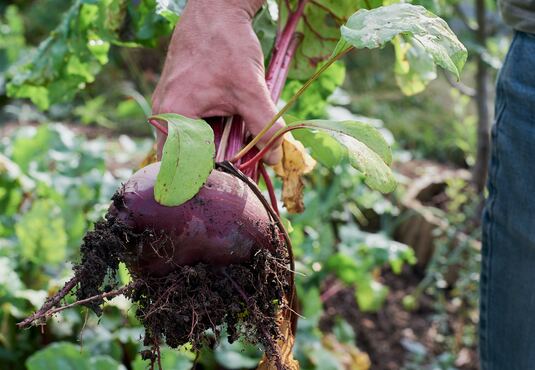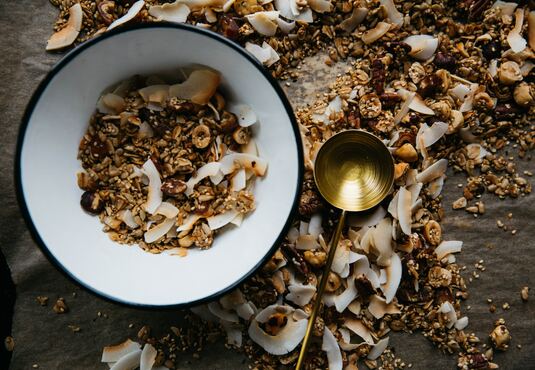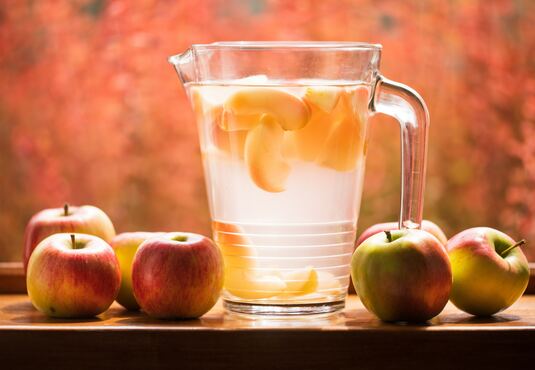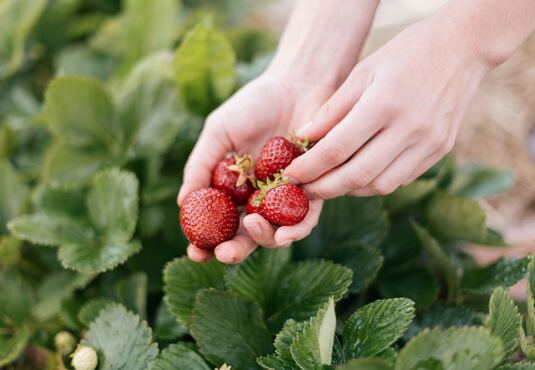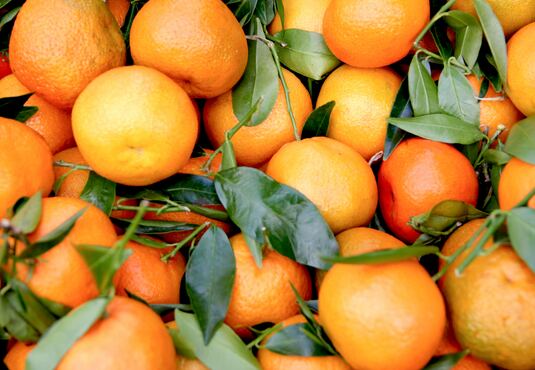
Summer Topic: Skin Protection
Summer is already in its full swing and finally trips to the south are possible again. So that the long-awaited vacation does not end with a harmful and painful sunburn, our skin needs appropriate protection from the intense UV light. There are information campaigns about this every year at this time, and - almost like sand on the beach - also countless product recommendations.
In any case, common measures include appropriate sunscreen products (a science of its own), headgear or protective clothing, and generally avoiding sun exposure during the time of most intense UV levels - especially for children and skin-sensitive people. Less established in practice is that we can also prepare our skin for summer to a certain extent.
Miracle cure beta-carotin?
The supply of " beta-carotin " is a possibility frequently propagated for it - as a preliminary stage of vitamin A, which is needed for function and protection of skin and mucous membranes. Manufacturers of beta-carotin supplements promise "natural sun protection from the inside", "quick tan" or even "protection against UV rays". Sounds very tempting to be able to go without the annoying sunscreen. But unfortunately, it is not that simple.
As antioxidants, carotenoids (which also include lycopene) can neutralize radicals or counteract their formation in the skin as a result of intensive sun exposure. For example, beta-carotin can help to repair skin damage, but it cannot protect against UV radiation. Beta-carotin is therefore by no means as sufficient as a sunscreen. However, it is worthwhile to ensure an adequate supply of beta-carotin in preparation for increased exposure of the skin in summer or as a supplementary measure.
Where is beta-carotin found?
If you wonder which foods contain beta-carotin, you will get a simple answer: As an orange natural pigment, it is found in (yellow)orange fruits and vegetables, especially in carrots, pumpkin, peppers, apricots, mango, papaya, but also in broccoli, peas or cabbage vegetables. The similarly effective red lycopene, on the other hand, is found mainly in tomatoes and products made from them (such as tomato paste).
In form of juices or mash consumed beta carotin can be taken up particularly well, likewise from cooked vegetables. Adding a small amount of oil also improves the availability of the fat-soluble nutrient to our bodies. Since direct sunlight destroys beta-carotin, fruits and vegetables should ideally be stored in the dark, and best enjoyed right away anyway.
And speaking of protective pre-tanning: the "quick tan" caused by the storage of beta-carotene in the skin layers may be nice, but it should not be confused with a "real" tan. In fact, when the skin is exposed to the sun, this stimulates the production of the color pigment melanin, which in turn increases the skin's own protection against UV radiation. A slow acclimatization to the sun is therefore also part of a good preparation of our skin. And this should be started several weeks before the summer vacation.





